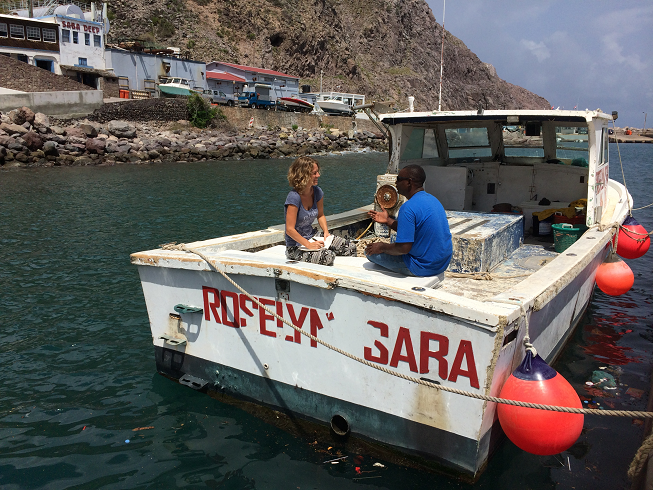To be able to effectively protect nature, the people living and working in the area are strongly needed. However, they are often also the ones who feel threatened by governments and organizations trying to protect it. As a result, they are reluctant to participate in top-down designed projects or may even end up in counterproductive behavior.
What would happen if those people co-design and realize their own projects rather than participating in top-down designed projects?
In our Participatory Action Researches we have seen remarkable results when people get the chance to work together in researching their shared reality, discovering new options and co-design and realize projects they feel ownership of. Although it means we sometimes need to deviate from the initial goals of the nature organization, we are confident these goals will be -albeit indirectly- met, tapping into the power of the masses: people. As Ron van der Veer (Board member of Dutch Caribbean Nature Alliance) once said:
“you have not reached our goals. You went way beyond them”.
Nature organizations who dare to deviate from predefined project goals and ticking off boxes, open to approach a complex sustainability problem using Participatory Action Research may expect the following:
- Local people as well as other stakeholders feeling heard, one of the first building blocks of a sense of ownership;
- Stakeholders looking at a situation from multiple different angles, resulting in increased mutual understanding of other people’s perspectives;
- Stakeholders seeing their community and its strengths in a whole new way they did not see before, broadening their perspectives and sparking creativity;
- Stakeholders brainstorming together -using these broadened perspectives and new creativity- and generating ideas each one separately would not have thought of before, resulting in social learning and first steps in innovation;
- The co-creation of new action plans by local stakeholders of which they feel ownership and motivation to make it a success;
- Stakeholders realizing the action plans together by intrinsic motivation, in a way that suits their needs, norms and values and culture;
- Increased sense of self-esteem and self-worth from the side of local residents;
- Sometimes, as a side effect: increased levels of trust in other stakeholders and recovery of broken work relations.
Note that by stakeholders we mean local residents as well as organisational and governmental actors and all in between: all who are involved in or affected by the initial problem. That means that as a commissioning development organisation, you will probably take on an active role in the design as well as the realization of the action plan as well.
Hire us
You can hire us as Participatory Action Researchers to perform PAR on a complex development problem. Based on our first conversation, we make a preliminary PAR-design. This design will be tested during a first Orientation, in which we have a first set of informal conversations with other stakeholders. Based on those conversations, we adapt our preliminary PAR-design into a workable PAR-design, which we discuss with you. Once accepted, we continue our PAR by collecting data and perspectives on the PAR-subject. We then share those results with stakeholders and facilitate the process in which they co-create and kick-off their action plan. During monitoring we stay tuned on its process and facilitate reflection and any required finetuning of the action plans. This process usually takes a few months up to as long as required, depending on the scope of the PAR.
Let’s discuss our options!
Request a no-obligation introductory meeting with Madelon Eelderink, founder of SevenSenses, email madelon.eelderink@seven-senses.nu. Looking forward to meeting you!

